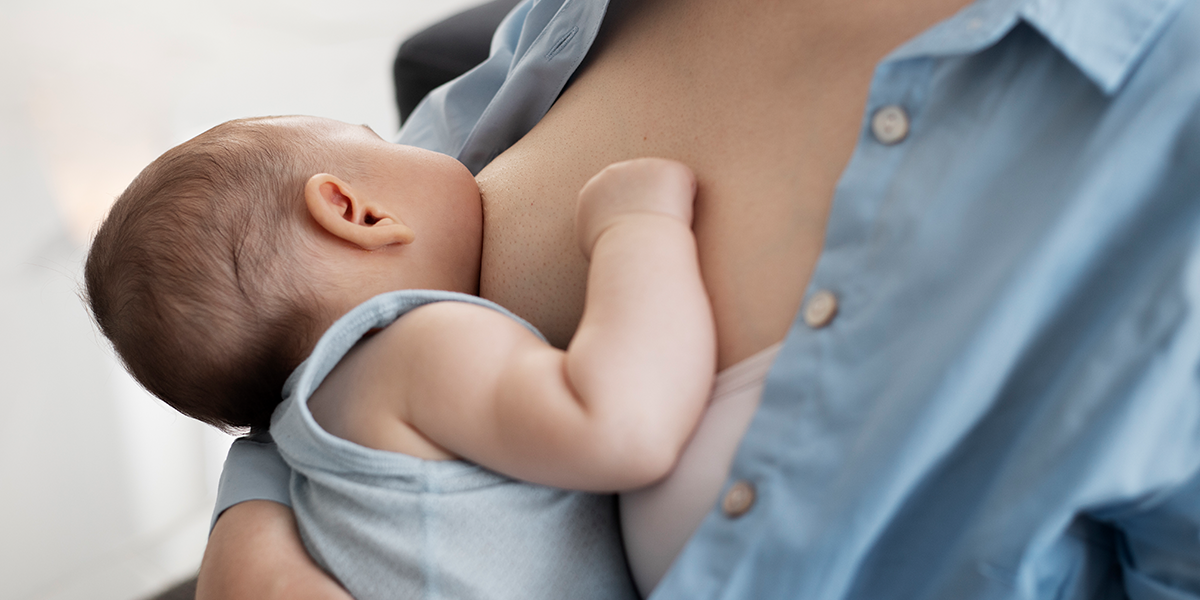
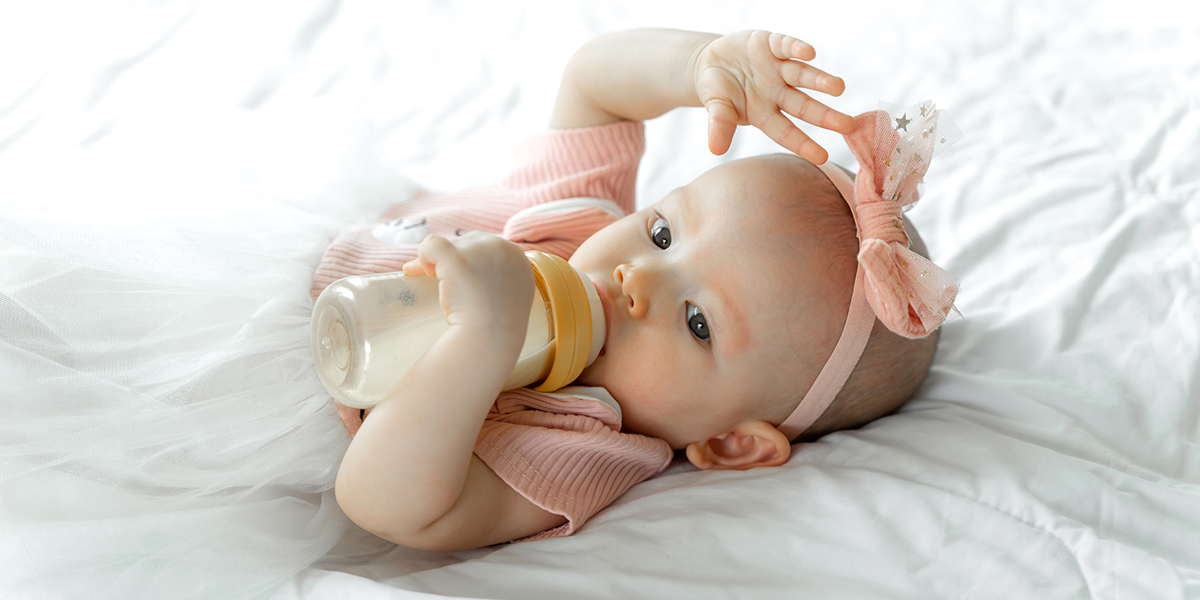
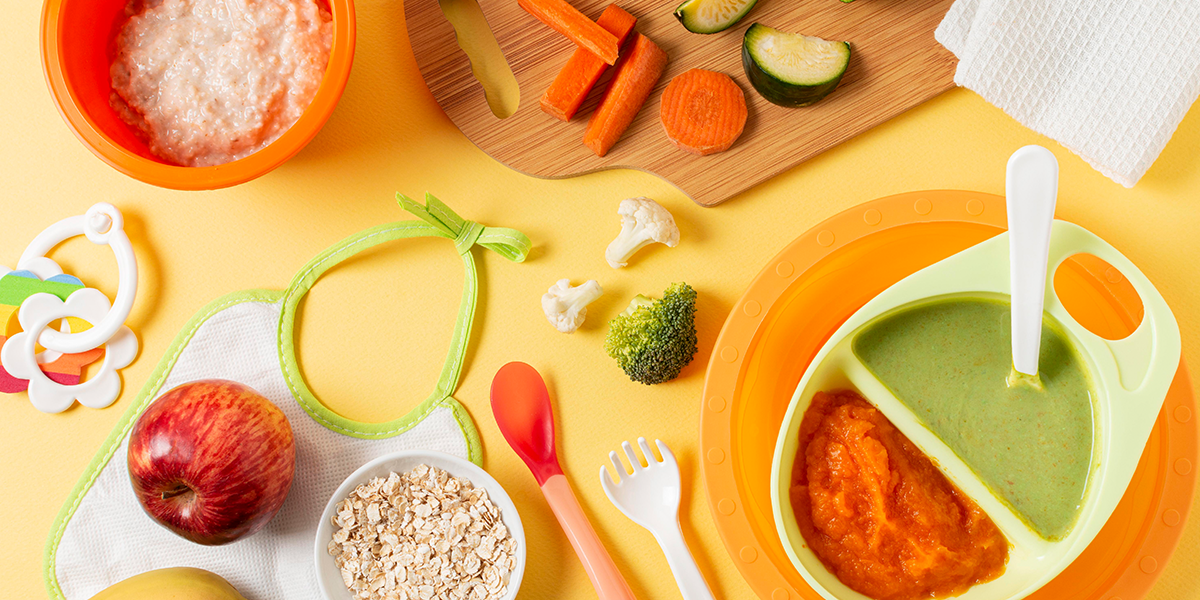
Feeding a new baby is one of the most crucial aspects of newborn care. Whether you’re breastfeeding or using formula, ensuring that your baby receives proper nutrition is essential for their growth and development. In this comprehensive guide, we’ll explore the feeding essentials for new parents, covering topics such as breastfeeding, formula feeding, introducing solid foods, and essential feeding gear.
Breastfeeding:

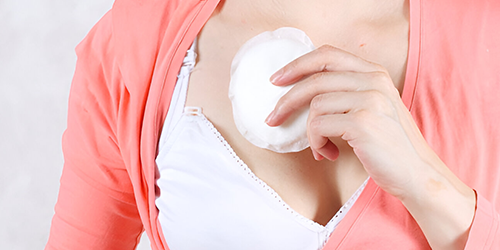

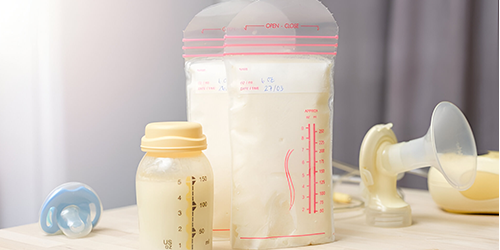
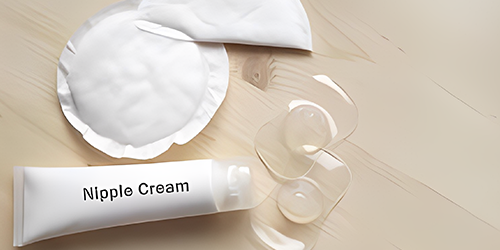

1. Nursing Bras:
Nursing bras are specially designed to make breastfeeding more convenient. They provide comfort and support while offering easy access to breastfeed through quick-open flaps. Investing in comfortable nursing bras is crucial to ensure that breastfeeding is hassle-free and comfortable for both you and your baby.
2. Nursing Pads:
Nursing pads are absorbent pads that help prevent leaks and keep you dry during breastfeeding. They are particularly useful in the early postpartum period when your milk supply may not be fully regulated.
3. Breast Pump:
A breast pump can be a valuable tool for breastfeeding mothers. It allows you to express breast milk for various purposes, including storing milk for when you need to be away from your baby, relieving engorgement, and maintaining milk supply. There are manual and electric breast pumps to choose from, depending on your needs.
4. Storage Containers:
To store expressed breast milk, you’ll need specialized containers or bags designed for safe storage in the refrigerator or freezer. Proper storage ensures that your breast milk remains safe and nutritious for your baby.
5. Nipple Cream:
Nipple cream, often lanolin-based, is essential for soothing sore or cracked nipples. It provides relief from any discomfort or irritation that may occur during breastfeeding
6. Breastfeeding Pillow:
A specially designed breastfeeding pillow can provide much-needed support and comfort during feeding. It helps position your baby at the correct height and angle for efficient and comfortable breastfeeding.
Formula Feeding:
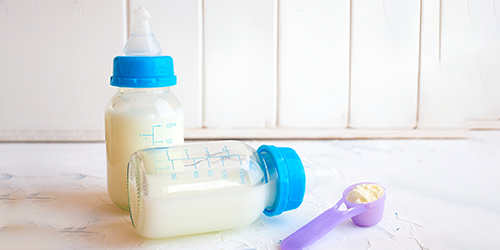
Baby Bottles:
When formula feeding, select BPA-free baby bottles with slow-flow nipples suitable for newborns. Having several bottles on hand ensures that you always have a clean one ready for feeding.
Formula:
Choose an infant formula that meets your baby’s nutritional needs. Consult your pediatrician for recommendations on the best formula for your child
Bottle Brush:
A bottle brush with a small nipple brush is an essential tool for thorough cleaning of baby bottles. Proper cleaning ensures the bottles remain hygienic and safe for use.
Sterilizer:
While not always necessary, a bottle sterilizer can provide peace of mind by eliminating harmful bacteria from your baby’s bottles. It’s particularly useful for newborns with developing immune systems.
Bottle Warmer:
A bottle warmer can quickly and evenly heat formula to the right temperature, making feeding more convenient and consistent.
Introducing Solid Foods:
1. High Chair:
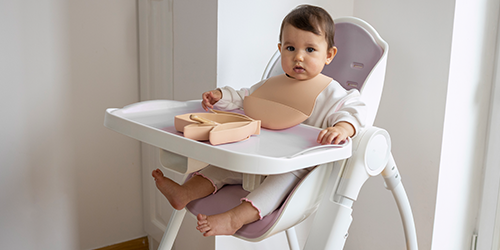
As your baby grows and is ready for solid foods, investing in a safe and comfortable high chair is essential. It provides a secure and elevated space for your baby to sit during mealtime.
2. Baby Spoons and Bowls:
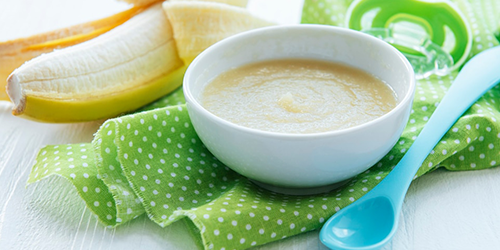
Opt for soft-tipped baby spoons and small bowls designed for small portions. These utensils are gentle on your baby’s gums and suitable for introducing solid foods.
3. Baby Food Maker:
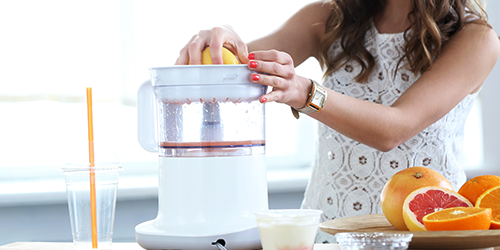
If you prefer making your baby’s food at home, a baby food maker can help you puree and prepare fruits, vegetables, and other baby-friendly foods. It allows you to control the ingredients and texture of your baby’s meals.
4. Baby Food Containers:
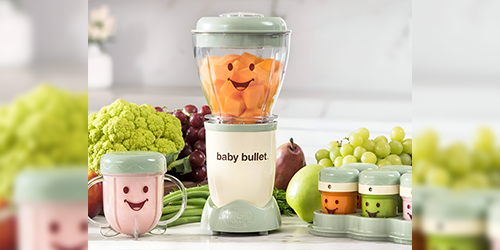
To store homemade baby food, use small, airtight containers for easy serving and storage. These containers keep the food fresh and portioned for your baby’s needs.
5. Bibs and Splash Mats:
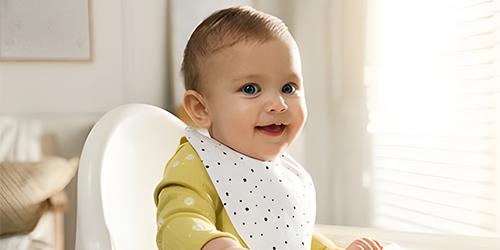
Protect your baby’s clothing and the surrounding area with waterproof bibs and splash mats. Introducing solid foods can be messy, and these items help keep mealtime cleanup manageable.
Feeding Gear:
1. Burp Cloths:
Burp cloths are essential for catching spit-up and milk dribbles during and after feedings. Keep plenty of them on hand to keep both you and your baby clean and comfortable.
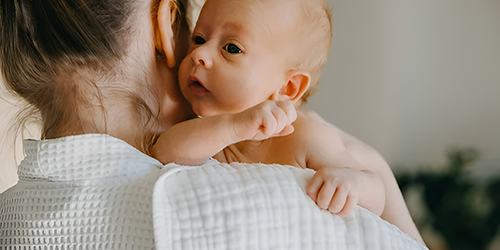
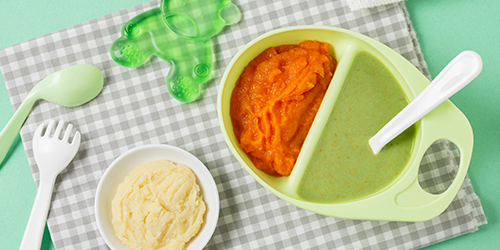
2. Baby Feeding Set:
A feeding set often includes plates, bowls, and utensils designed for young children who are learning to feed themselves. It’s a practical choice as your baby transitions to self-feeding.
3. Sippy Cups:
As your baby transitions from bottles to cups, sippy cups with handles can be a helpful tool. They allow your baby to practice drinking independently while minimizing spills.
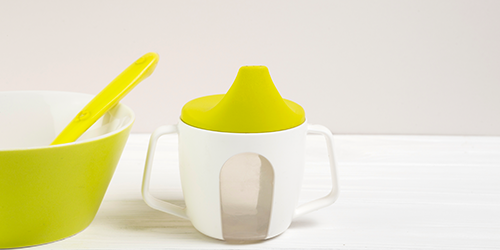
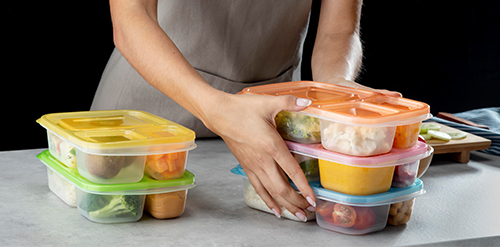
4. Baby Food Grinder:
If you prefer preparing baby food using your own meals, a baby food grinder can help you create age-appropriate textures. It’s a convenient option for parents who want to introduce their baby to a wider variety of flavors.
5. Feeding Chair Cushion:
For added comfort during feeding, a chair cushion can provide back and seat support, reducing discomfort while spending time with your baby at the feeding table.

Feeding Schedule and Guidelines:
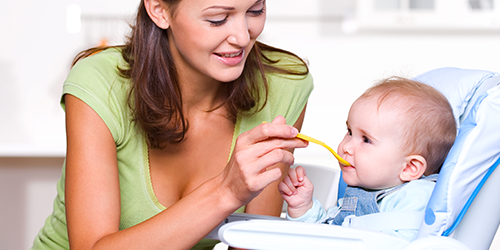
1. Pediatrician’s Recommendations:
Follow your pediatrician’s recommendations for feeding frequency, as it can vary by age and development. Regular check-ups with your pediatrician will help ensure your baby’s nutritional needs are being met.
2. Proper Burping:
Whether breastfeeding or formula feeding, ensure proper burping after feedings to minimize discomfort and reduce the risk of colic. Burping helps release trapped air and can ease digestion.
3. Introduction of Solid Foods:
When introducing solid foods, start with single-ingredient, iron-rich foods and gradually progress to more complex textures. It’s essential to follow your baby’s cues and monitor for any signs of allergies or sensitivities.
4. Responding to Hunger Cues:
Pay attention to your baby’s cues for hunger. Crying, rooting (searching for the breast), and sucking motions are common signs that your baby is ready to feed. Responding promptly to these cues helps ensure your baby is adequately nourished.
5. Feeding Journal:
Keeping a feeding journal can be helpful in tracking feeding times and behaviors. It provides valuable information when discussing your baby’s feeding habits and growth with your pediatrician, ensuring your child’s health and development are on track.
conclusion
ensuring that your new baby is well-fed and receives proper nutrition is a top priority for parents. Whether you choose breastfeeding, formula feeding, or introducing solid foods, having the right feeding essentials and following guidelines from healthcare professionals will help you navigate this crucial aspect of early parenthood with confidence. Remember that every baby is unique, and it’s essential to adapt your approach to meet their individual needs and preferences.

